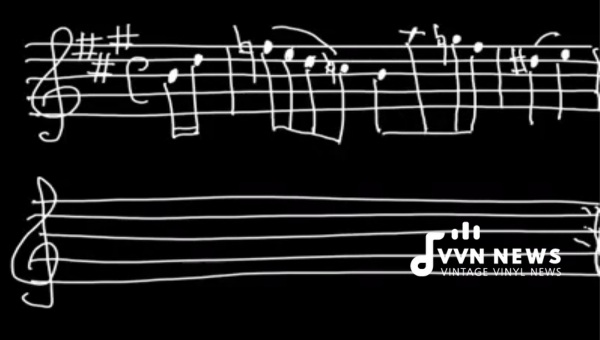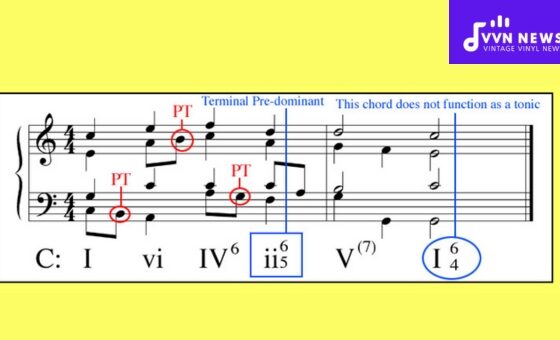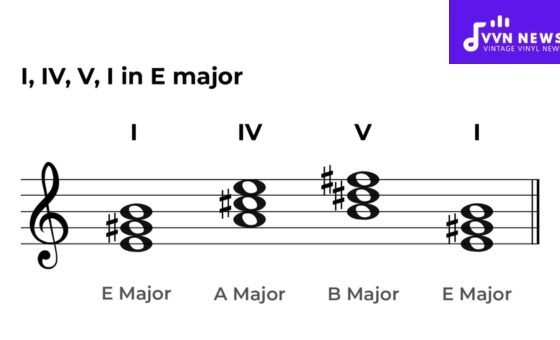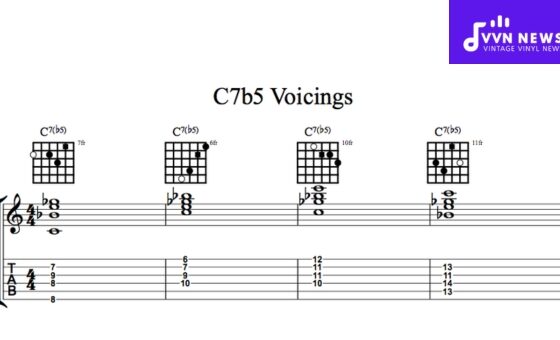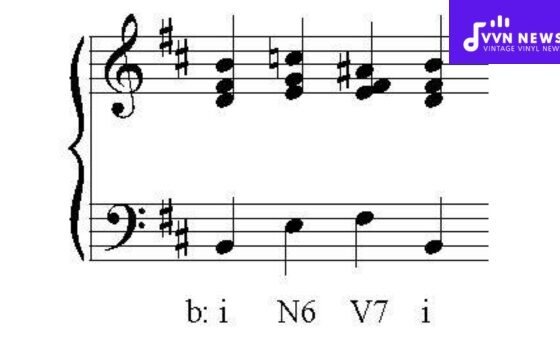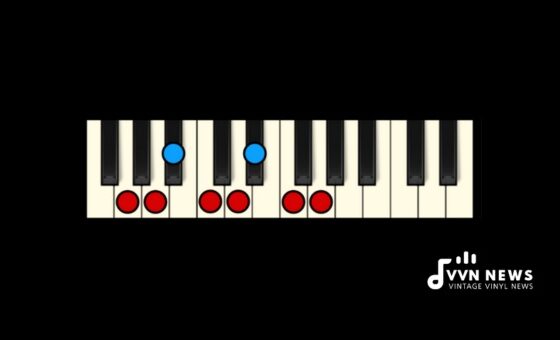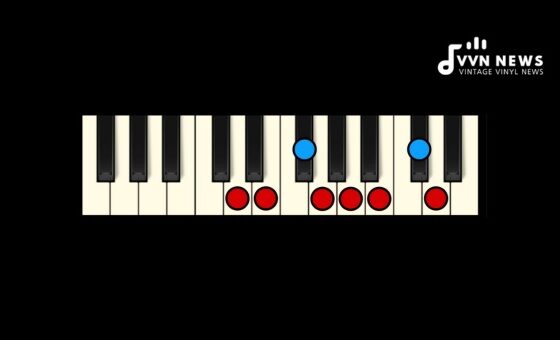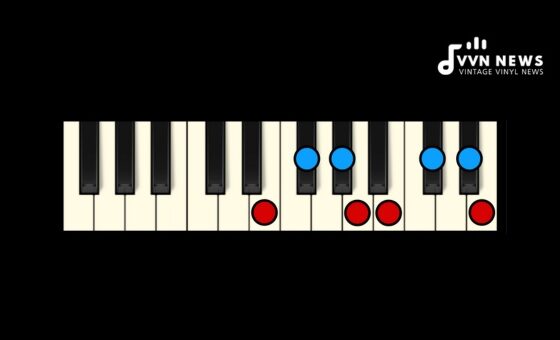If you’ve ever found yourself itching to play a piece of music that better suits your vocal range or wanting to align the key of a song with other instruments, mastering the skill of transposition is invaluable.
Understanding how to transpose up a minor 3rd can open up new musical horizons and make performing more comfortable and enjoyable.
This tweak in pitch not only enhances musical adaptability but also ensures that you’re ready to collaborate with other musicians seamlessly.
For many musicians, the concept of transposition can seem daunting at first. However, when broken down into manageable steps, shifting a melody or chord progression up by a minor third becomes a straightforward task.
In this post, we’ll walk through the process together and I’ll share some handy tips to make learning how to transpose up a minor 3rd an effortless addition to your musical toolkit.
Whether you’re a seasoned performer or just starting out, you’ll find that with a little practice, transposing music can be as natural as reading it.
What Is a Minor 3rd Interval?
A Minor 3rd is an interval that spans three half-steps, or semitones, in the chromatic scale.
To visualize it on a piano, if you start at any note and move three keys to the right – counting both white and black keys – you’ll land on the minor third.
For example, starting from C, the minor third is E♭ rather than E natural, which would be a major third.
The minor third’s distinctive sound is often described as somber or wistful, and it plays a key role in creating a minor chord’s characteristic emotional depth.
Also Read: How To Transpose Down A Minor 3rd [Empower Music Skills]
Why Transpose Music Up a Minor 3rd?
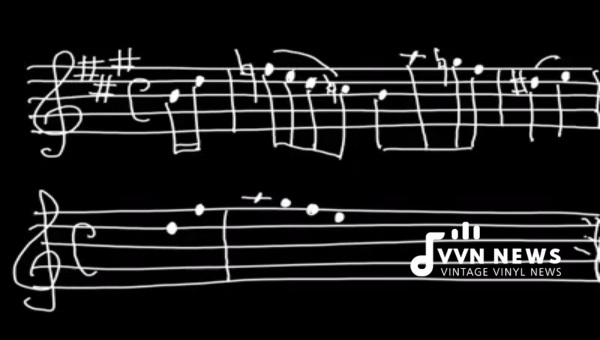
When it comes to transposing music, elevating a piece up a minor 3rd can serve multiple purposes tailored to the needs of musicians and their performances.
Here are some compelling reasons why one might opt for this musical adjustment:
Accommodating Vocal Ranges
It’s not uncommon to encounter compositions that don’t quite fit within your vocal comfort zone.
When the original key is too low for your voice, transposing up a minor 3rd can raise the pitch to a range that is more accessible and flattering for your voice type, be it alto, tenor, or any other.
Instrumental Compatibility
Sometimes you’re playing in an ensemble where certain instruments—like woodwinds or brass—have natural tuning that functions best in specific keys.
By transposing up, you ensure that all instruments can play comfortably together without straining or detuning.
Expressive Interpretation
The tonal quality of the music changes with each shift in key. Moving a piece up by a minor third often brings a brighter and fresher sound.
This could bring a new emotional tone or aesthetic to your performance, thereby aiding in interpretative expression.
Ease of Learning
For students tackling new repertoire, finding the right key could mean the difference between discouragement and success.
A piece that’s just slightly out of reach can become manageable when pitched appropriately through transposition.
Understanding these motivations clarifies why musicians frequently employ this technique.
The ability to transpose effectively means greater versatility and expressiveness in musical expression.
Also Read: How To Transpose Down A Major 3rd [Boost Your Music Knowledge]
Understanding the Minor 3rd Interval
Before you start transposing music, it’s crucial to grasp what a minor 3rd interval is. A minor 3rd is one of the basic intervals in music – it spans three semitones, or half-steps on the piano.
To identify this interval, let’s first look at whole steps and half steps. Each note to the immediate next is called a half-step; put two half-steps together, and you have a whole step.
Step 1: Start from the Root Note
If we start on any note (let’s say C), the minor 3rd would be three semitones above that note. This means you need to count two half-steps plus one more half-step.
In our example of starting on C, you would go C → C# (1st half-step); C# → D (2nd half-step); D → Eb (3rd half-step). So here, E♭ is the minor third above C.
Step 2: Use Familiar Tunes as Mnemonics
To help internalize what a minor third sounds like, associating it with songs that begin with this interval can be hugely beneficial.
The beginning of “Greensleeves” or “Smoke on the Water” features these exact notes – giving your ears a familiar framework for recognition.
Step 3: Apply Intervals Across Different Keys
Minor thirds are not fixed to any one key; they exist across them all. To identify them in other keys, apply the same principle—count three semitones up from any starting note. For instance:
- In G Major: G to B♭
- In D Major: D to F
- In A Major: A to C
By using this method for various keys, you’ll reinforce your ability to quickly and accurately pinpoint a minor third.
Identifying a minor third involves counting up three semitones from your root note and relating these intervals to well-known melodies which makes recognition more intuitive while playing in different keys exponentially expands your comfort with transposition.
Also Read: How To Transpose Up A Perfect 4th [Music Skills Explained]
Step-by-Step Process to Transpose Up a Minor 3rd
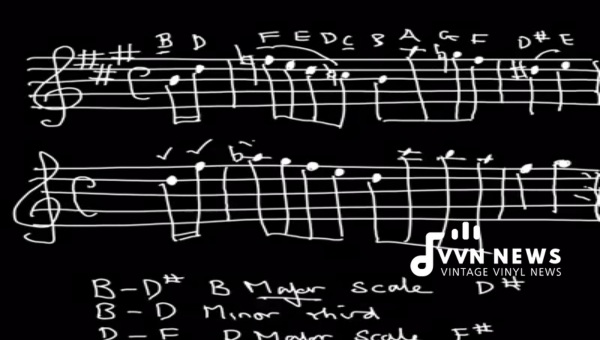
Transposing music up a minor third means that every note in the piece is shifted three half-steps or semitones higher.
Here’s how you do it with precision and confidence:
Familiarize yourself with the Notes
First, familiarize yourself with each note value in your original key. Know which notes are natural, sharp, or flat. This step is crucial as it serves as your foundation for accurate transposition.
Understand the Minor 3rd Interval
A minor third interval consists of three half-steps. To illustrate, if you start on an A, moving up three half-steps will land you on a C.
Identify Your Starting Point
Pinpoint the first note of your piece or section you wish to transpose. This will be your reference for moving other notes accordingly.
Apply the Interval to Each Note
Go through the music note by note and raise each one by a minor third interval – three semitones.
For non-pitch-specific instruments like drums, this step isn’t necessary, but for melodic instruments and vocals, it’s vital.
Adjust Accidentals As Needed
Remember that when you move each note up by a minor third, any accidentals (sharps or flats) also need to shift similarly. Be mindful of key signatures and accidental carryovers from bar to bar.
By following these steps meticulously and understanding the relationship between notes and intervals, you’ll successfully transpose any piece of music up a minor third.
Also Read: How To Transpose Down A Perfect 4th [Improve Your Music IQ]
Common Challenges When Transposing Up a Minor 3rd
Transposing music up a minor third might seem simple at its core, but several challenges can arise during this process.
Awareness of these potential hurdles can prepare you to tackle them efficiently.
Understanding Key Signatures
One of the first obstacles you may encounter is recognizing and applying the correct key signatures.
When transposing up a minor third, the key signature will change and typically gain one flat or lose one sharp.
For example, if your original piece is in C major (no sharps or flats), transposing up a minor third would move it to E-flat major, which has three flats.
Accidentals Within the Piece
Another challenge is dealing with accidentals—those pesky sharps, flats, and naturals that occur within the piece outside of the key signature.
When you transpose these notes, ensure that they maintain their relationship to the diatonic scale of the new key.
This may involve converting some natural notes into accidentals or altering existing accidentals.
Instrumental Range Limitations
For instrumentalists, it’s crucial to consider range limitations when transposing music.
Shifting up a minor third might place certain notes beyond an instrument’s playable range or into a less comfortable register for the performer.
Wind and brass players should also be mindful of how transposition affects fingerings and technique.
Vocal Strain and Comfort
Vocalists attempting to transpose face unique challenges as range and comfort zones are crucial for healthy singing practices.
Transposing up by any interval can result in increased vocal strain if not done thoughtfully. Recognizing when to modify your approach or seek alternative keys is essential to maintaining vocal health.
Harmonic Integrity
Ensuring that harmony remains coherent after transposition can be tricky, especially when dealing with complex chords or progressions.
The relationship between chords must remain consistent while considering each chord member’s interaction after being shifted up by a minor third.
While mastering transposition takes practice, ensuring that each note aligns accurately with its new pitch will affirm your success in moving pieces up by that sweet-sounding interval: the minor 3rd.
FAQs About Transposing Up a Minor 3rd
What exactly is a minor 3rd?
A minor 3rd is an interval consisting of three semitones (or half steps) within a musical scale.
How do I locate a minor 3rd on the piano?
To find a minor 3rd, count three keys up from your starting note, including both white and black keys.
Will transposing up a minor 3rd affect the fingerings for wind instruments?
Yes, transposing may change fingerings since you’re playing different notes that are three half-steps higher.
Can I use this method to transpose chords as well as melodies?
Absolutely. Chords can be transposed just like single notes, moving each note in the chord up by a minor 3rd.
Do I need to change the key signature when transposing up a minor 3rd?
Yes, you’ll need to update the key signature according to the new key you’ve transposed into.
Conclusion
The ability to transpose up a minor 3rd is a valuable skill that empowers you to adjust the music to your preferred key with confidence.
It enhances musicality and versatility, whether for personal enjoyment or professional collaboration.
Remember, practice is key—consistency in applying these steps ensures transposition becomes second nature.
Should you ever need a refresher, this guide will be here to help steer you back on track.
